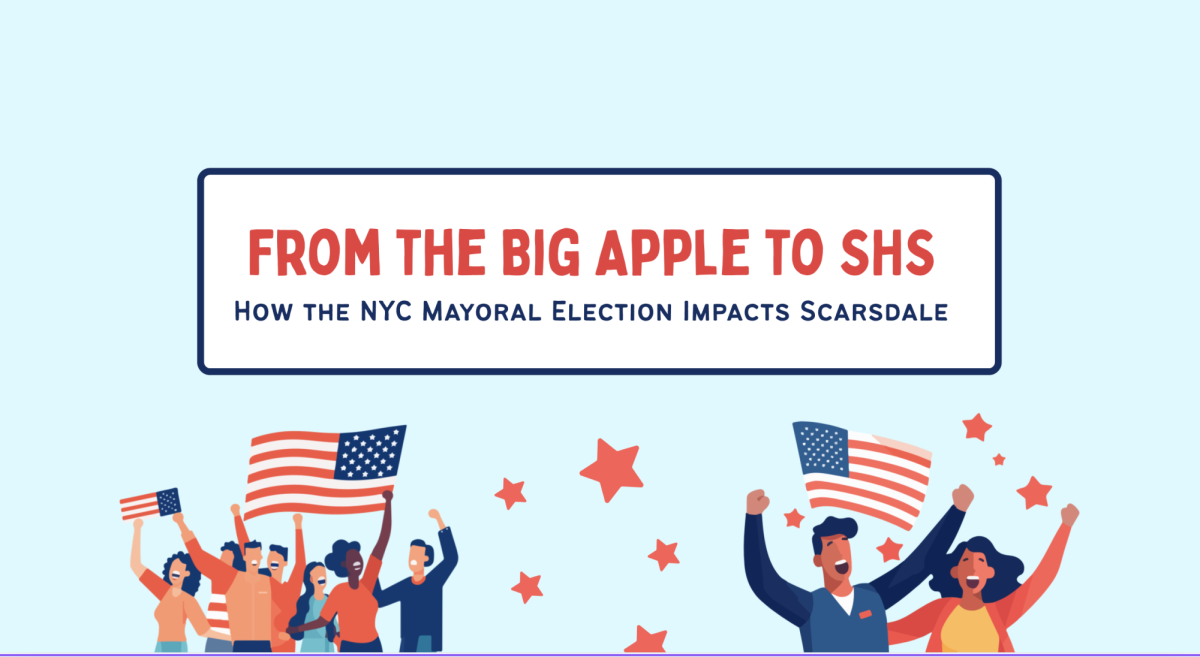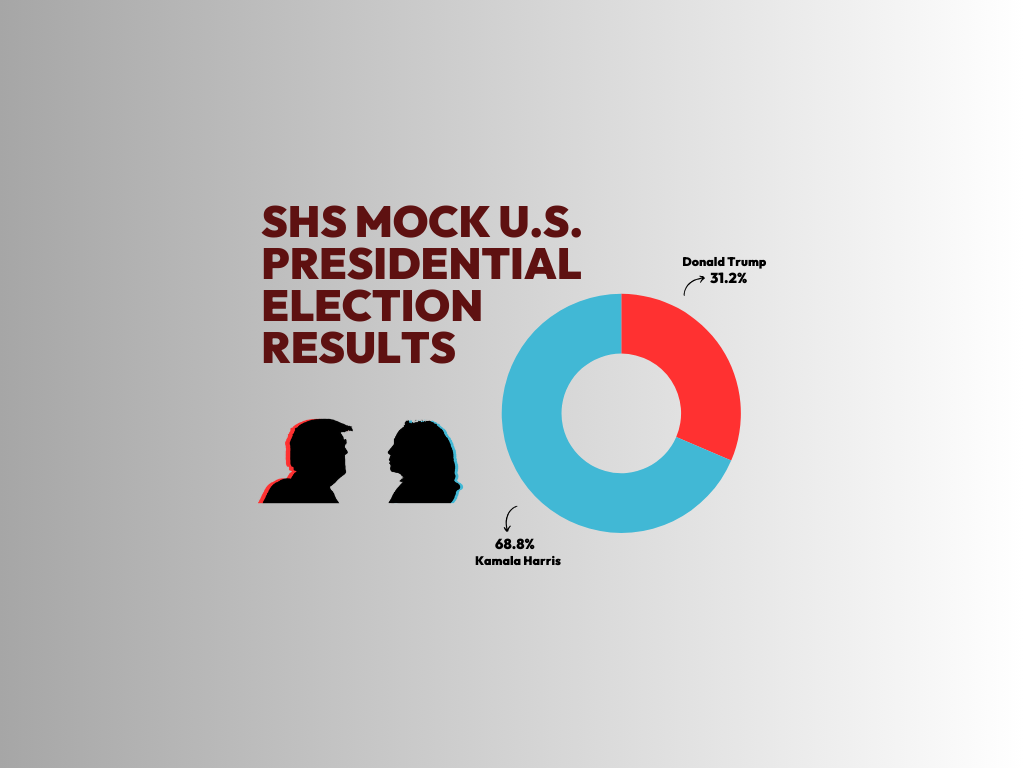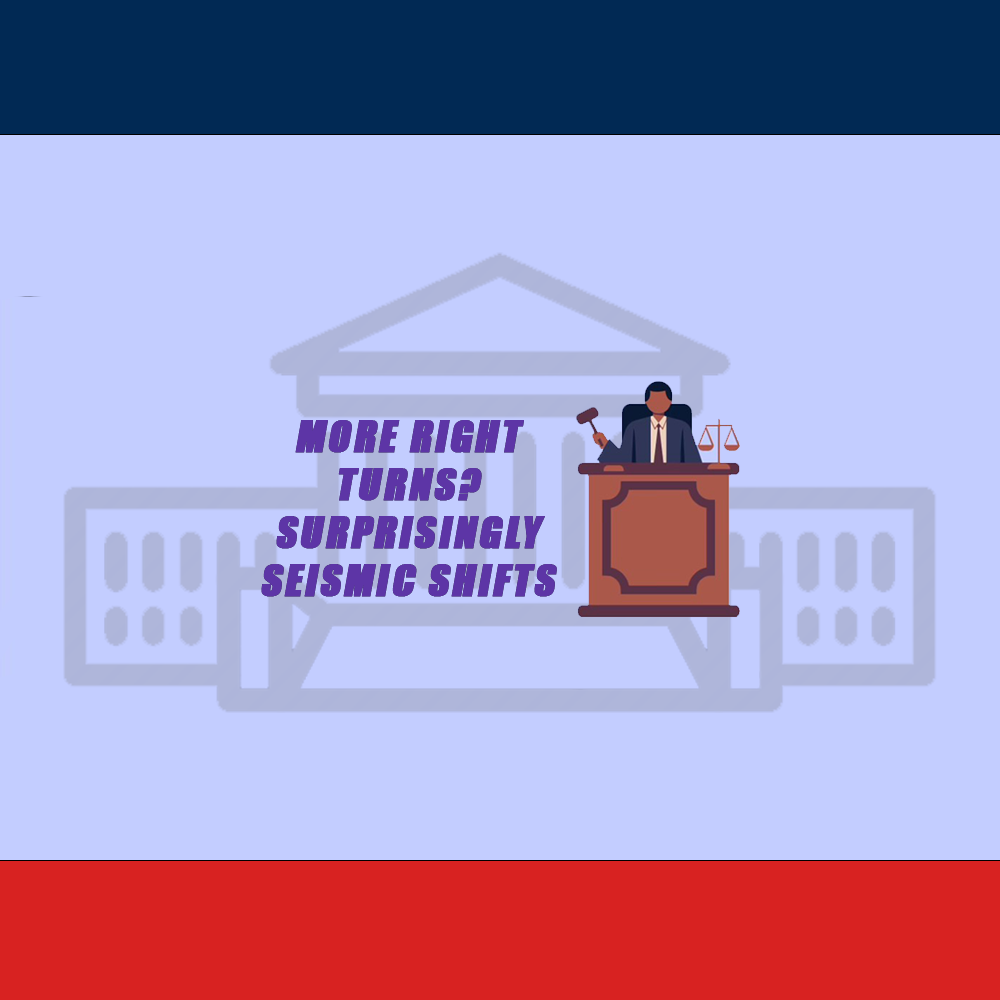Teenagers today are more likely to receive their news from a random social media account than from a credible news organization. With this shift, young people need to be more careful about what they are reading. Fortunately, there are a few rules you can follow to help gauge the credibility of “news” and be a better-informed citizen.
First, when you see a post or tweet, take a second to analyze the post and consider its accuracy. Although your instinct might be to repost, retweet, or share a given post, it is essential to pause for a moment and let any instinctual emotions that you have pass.
Second, you should fact-check the information. You can start by looking at other credible news sites and organizations to see if the information is being reported elsewhere. Check to see if there are corresponding reports on the local, national, or international level. By checking to see if the information is being reported by several sources, you can confirm the credibility of the information.
Furthermore, if there is a photo attached to the misinformation, a reverse Google image search is a great way to check the reliability of the image. These searches can confirm the source of the photo and also help to see if the image has been altered or is AI-generated.
Next, you should visit fact-checking websites to confirm whether information being reported is true. Snopes.com and FactChecker.org are great resources as each site allows users to search for information and quotes in order to check their credibility. The accuracy of news is explained by referencing where it originated in addition to providing evidence to as to why the claim incorrect. Importantly, both websites also provide accurate information surrounding any given topic to ensure that users have a complete picture and understanding of an issue.
Lastly, Dutra, who teaches english and history classes about how to spot misinformation, recommends that students “be aware of the emotions and feelings that are happening to you when taking in information. Know that the algorithms in your phones are meant to put you into a confirmation bias bubble so it is going to inundate you with content that is going to keep you believing the same type of facts all the time.” She also suggests that students seek out sources that disrupt their bias bubbles and understand all sides of a topic.
With the election coming in only a matter of days, here are some helpful resources for learning about the election from SHS Social Studies Teacher Elizabeth Harris:
FiveThirtyEight
This website shows in-depth polling data. The polling data is organized in an easy-to-digest format; each poll displays the date, the group sampled, the organization that conducted the poll, whether the poll was sponsored, the result, and the net results. A variety of different polling information is available such as recent polls regarding the upcoming presidential election or polling data relating to the senate elections.
270 To Win
This website shows information on the Electoral College, voting trends by state, and information regarding the Senate, House, and Governor elections. A unique feature of 270towin is its focus on down-ballot races; the website goes in depth about each district and pays the same attention to local elections as it does to congressional and presidential elections. The site allows individuals to create their own election forecasts. The site news section presents unbiased information on upcoming elections across the country.
Ballotpedia
This website is your encyclopedia of all things relating to the upcoming election and the federal government. Students can find information on topics ranging from the Biden administration to public policy in an easily accessible way. The website’s Voters Toolkit is a great resource with an election coverage index, information about polling times, an election administration legislation tracker, and more. For students who will be voting in the upcoming election, the website also has a sample ballot section that allows individuals to look up the elections in their district. This feature shows information surrounding ballot measures and candidate biographies.










